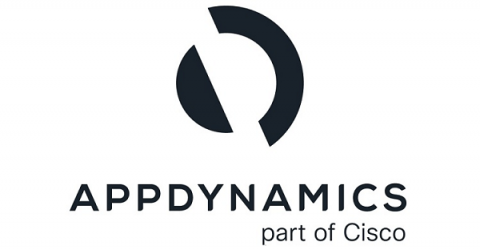Can AWS API Gateway Act as a Load Balancer?
TL;DR: yes, API Gateway can replace what a Load Balancer would usually provide, with a simpler interface and many more features on top of it. The downside is that it doesn’t come cheap. Load balancers have been one of the most common ways to expose a backend API to the public or even to an internal/private audience. API Gateways seem to provide the same functionality: map and connect HTTP requests to a backend service. So, are they the same or are there any differences?










